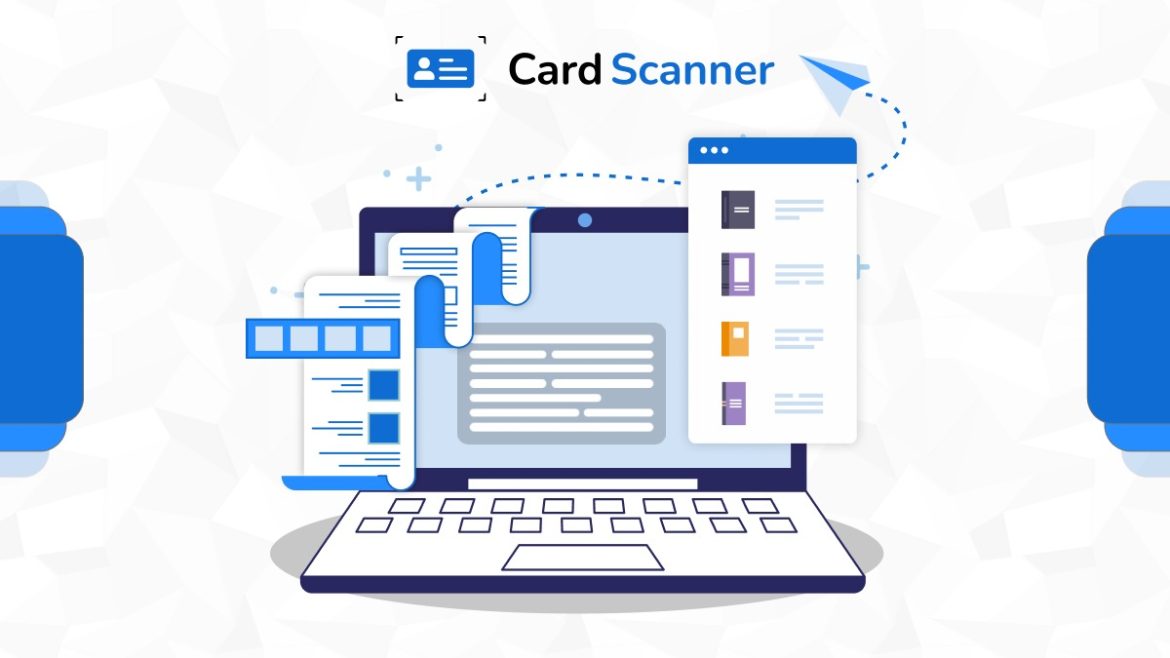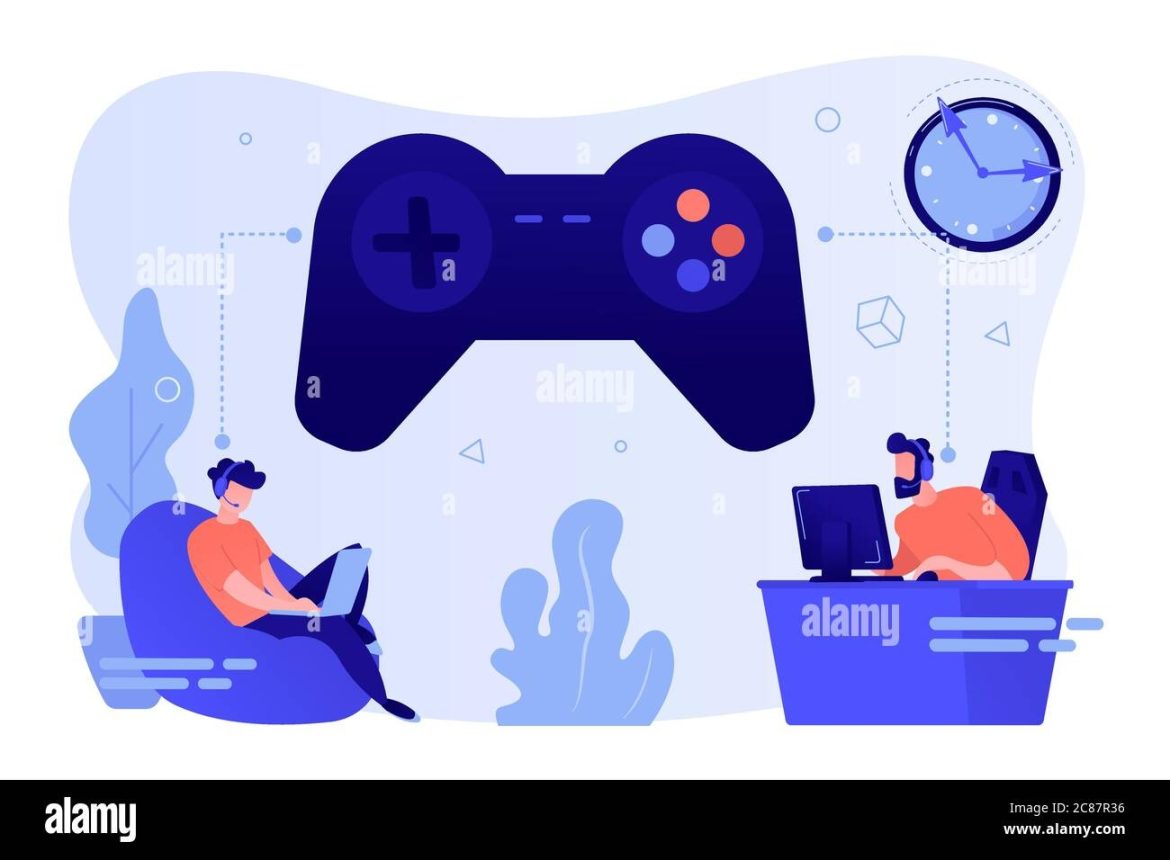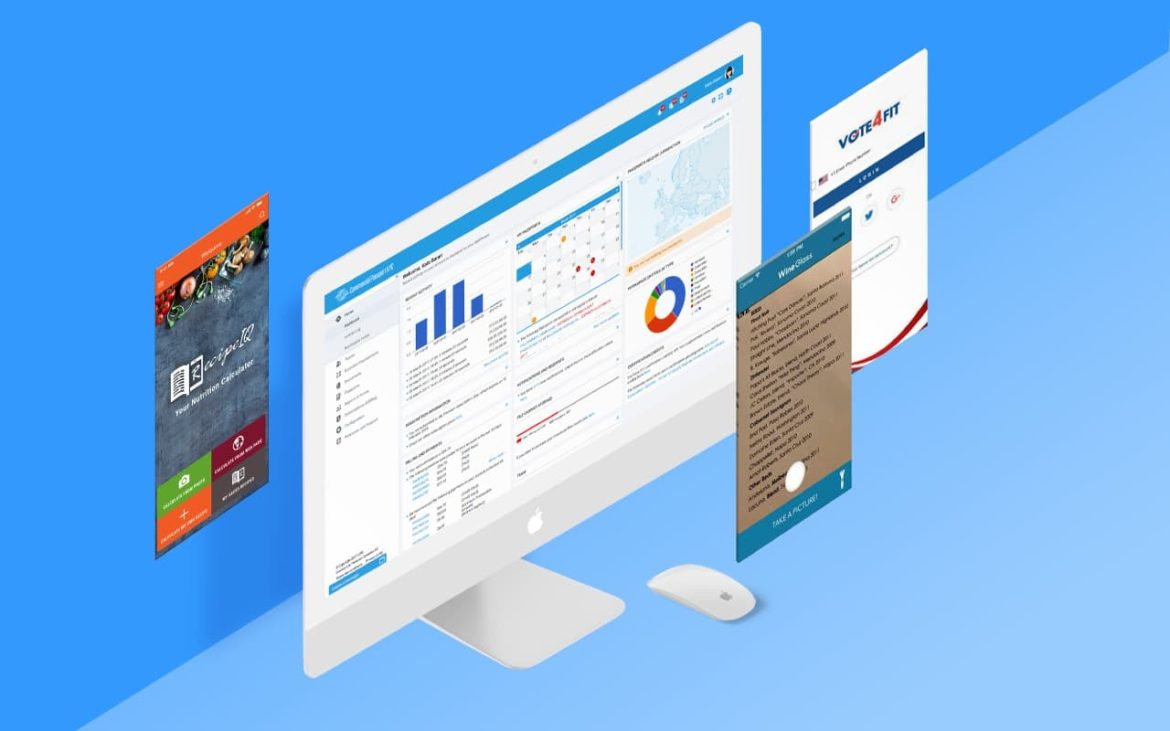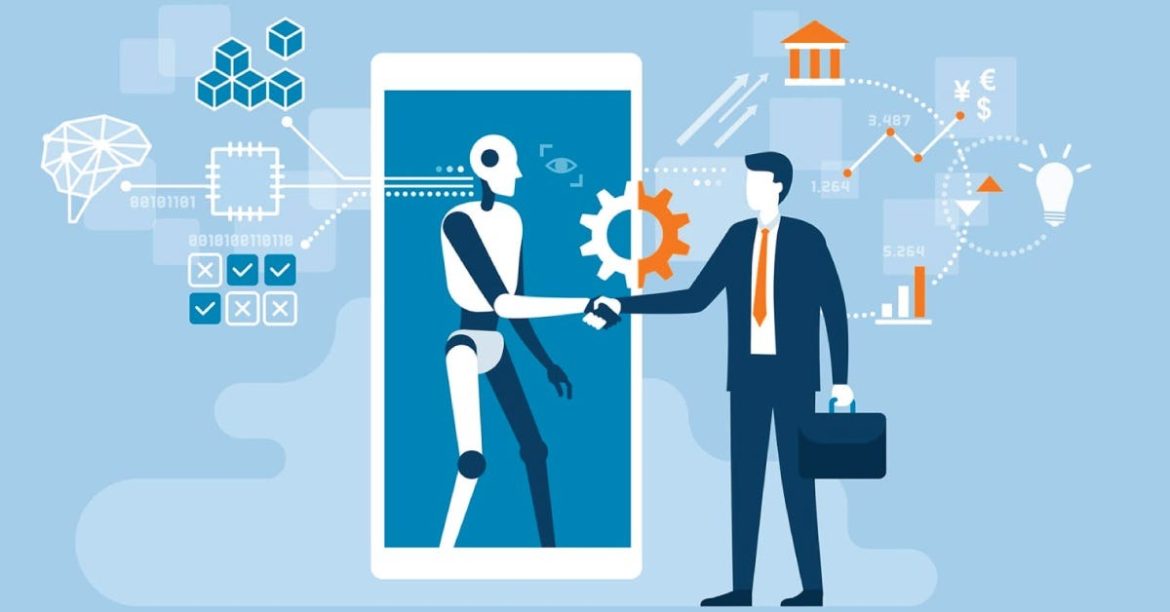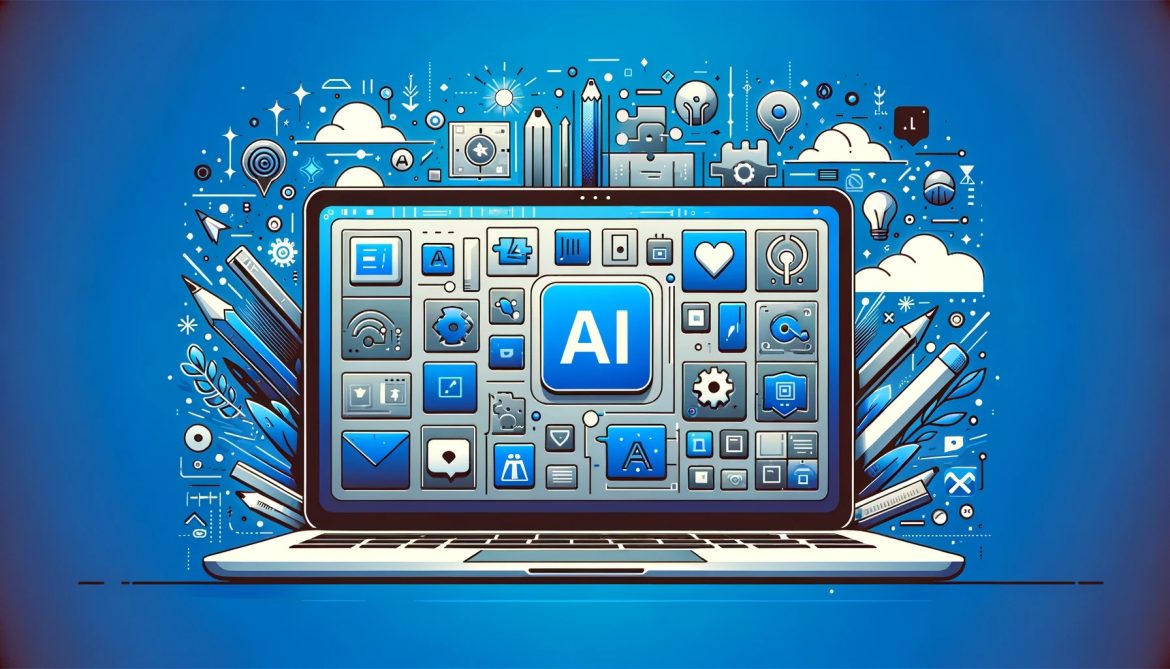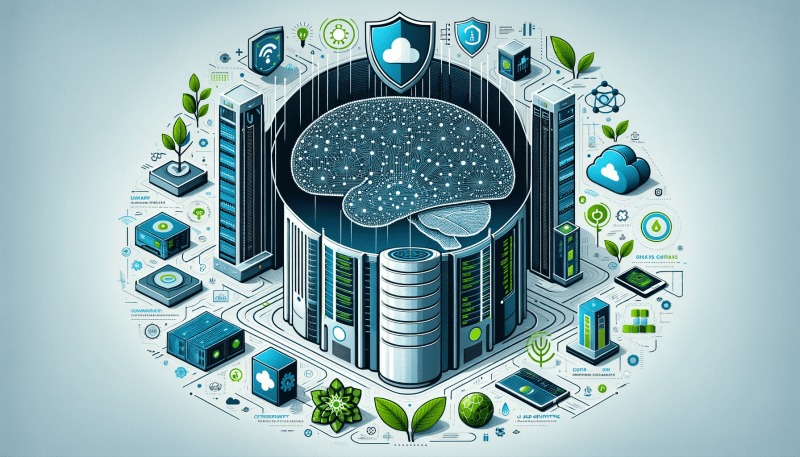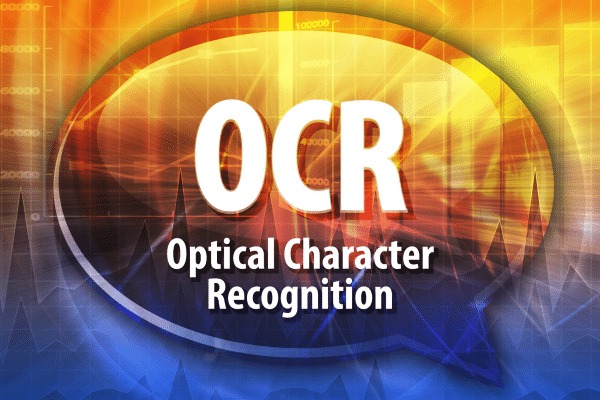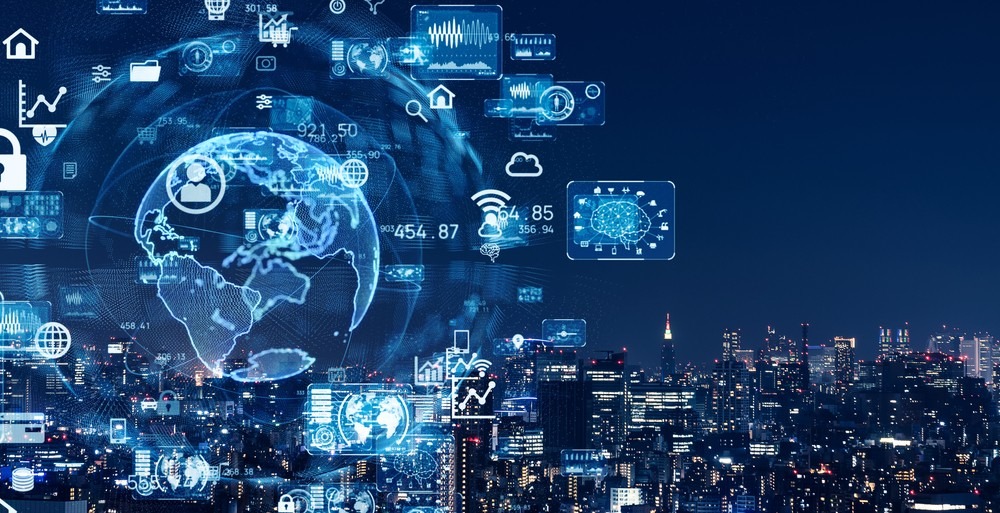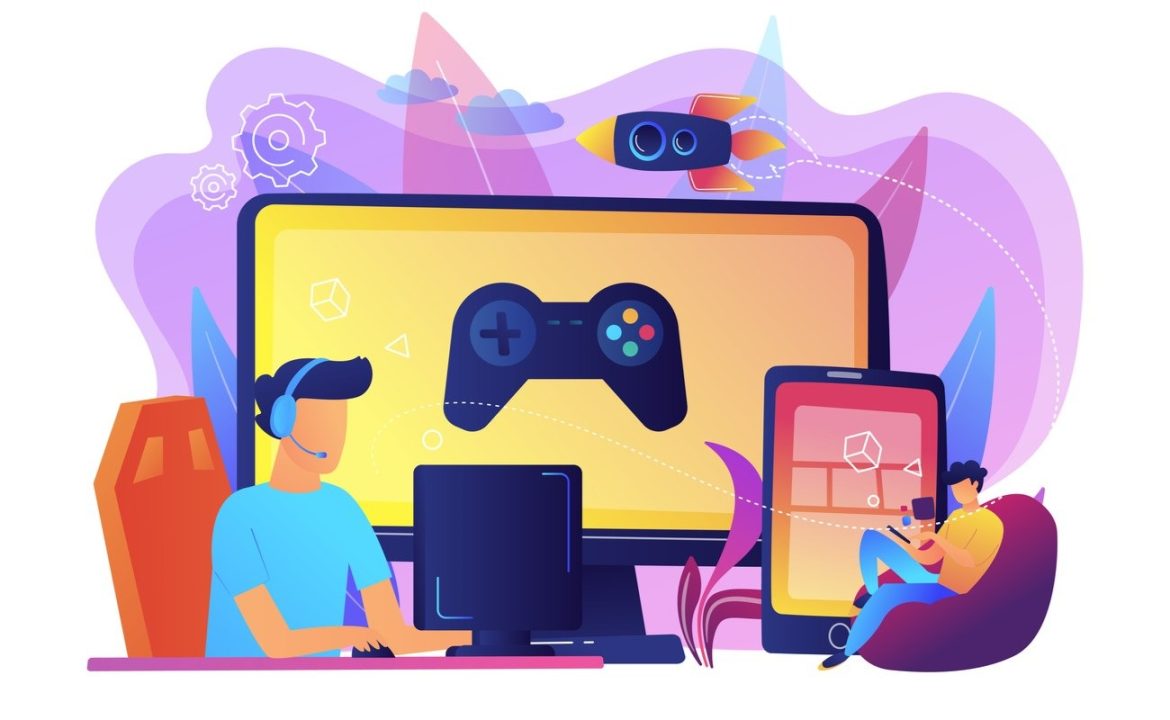In an increasingly digital world, biometric technology has become an integral part of our daily lives, revolutionizing how we secure our devices, access services, and even make payments. With a decade of experience as a technical writer, I am here to explore the complexities and implications of biometric technology, with a particular focus on its impact on security and privacy.
Understanding Biometric Technology
Biometrics involves the measurement and analysis of unique physical or behavioral characteristics of individuals. These characteristics, such as fingerprints, facial features, iris patterns, voice, and even gait, are used to establish and verify the identity of a person. Biometric systems capture these characteristics and convert them into digital data, creating biometric templates for comparison and authentication.
The Advantages of Biometrics
Biometric technology offers several distinct advantages in security and convenience. Unlike traditional passwords or PINs, biometric identifiers cannot be easily forgotten, lost, or stolen. They provide a highly secure method of authentication, as they are unique to each individual and difficult to replicate. Biometrics also offer a seamless user experience, eliminating the need to remember complex passwords.
Biometrics in Everyday Life
Smartphone Authentication
One of the most common uses of biometrics in our daily lives is smartphone authentication. Face recognition and fingerprint scanning have become standard features on modern smartphones. Users can unlock their devices, make payments, and access sensitive apps and data with a simple glance or touch.
Airport Security
Biometric technology is also playing a crucial role in enhancing airport security and streamlining the travel experience. Many airports now use biometric systems for passport control and boarding processes. Facial recognition technology, in particular, speeds up the verification of travelers’ identities and improves overall airport efficiency.
Banking and Payments
Biometric authentication is increasingly prevalent in the banking and payment sectors. Some banks allow customers to use their fingerprints or facial features to access their accounts or authorize transactions. Biometric payment cards are also on the rise, offering a more secure and convenient alternative to traditional credit and debit cards.
Security Implications
Robust Authentication
Biometrics provide a robust authentication method, but they are not without vulnerabilities. While it is difficult to replicate someone’s biometric features, it is not impossible. High-quality 3D-printed masks, for example, can sometimes fool facial recognition systems. Therefore, it is crucial to use multiple factors, such as a PIN or password in addition to biometrics, for enhanced security.
Data Security
The biometric data itself needs to be stored and transmitted securely. Any breach or mishandling of biometric data can have serious consequences. Strong encryption and robust security measures are necessary to protect biometric templates from unauthorized access.
Privacy Considerations
Informed Consent
Collecting and using biometric data requires informed consent from individuals. Users should have a clear understanding of how their biometric data will be used, stored, and protected. Transparent privacy policies and opt-in mechanisms are essential to ensure that individuals have control over their biometric information.
Biometric Data Protection Laws
Many countries have implemented specific regulations and laws governing the use of biometric data. Compliance with these laws is essential for organizations that collect and process biometric information. Violations can result in severe legal and financial consequences.
Conclusion
Biometric technology has become an integral part of our daily lives, offering enhanced security and convenience. However, it also raises important security and privacy considerations that must be carefully addressed. Robust authentication methods, secure data handling practices, informed consent, and compliance with data protection laws are essential elements in ensuring that biometric technology is used responsibly and ethically.

